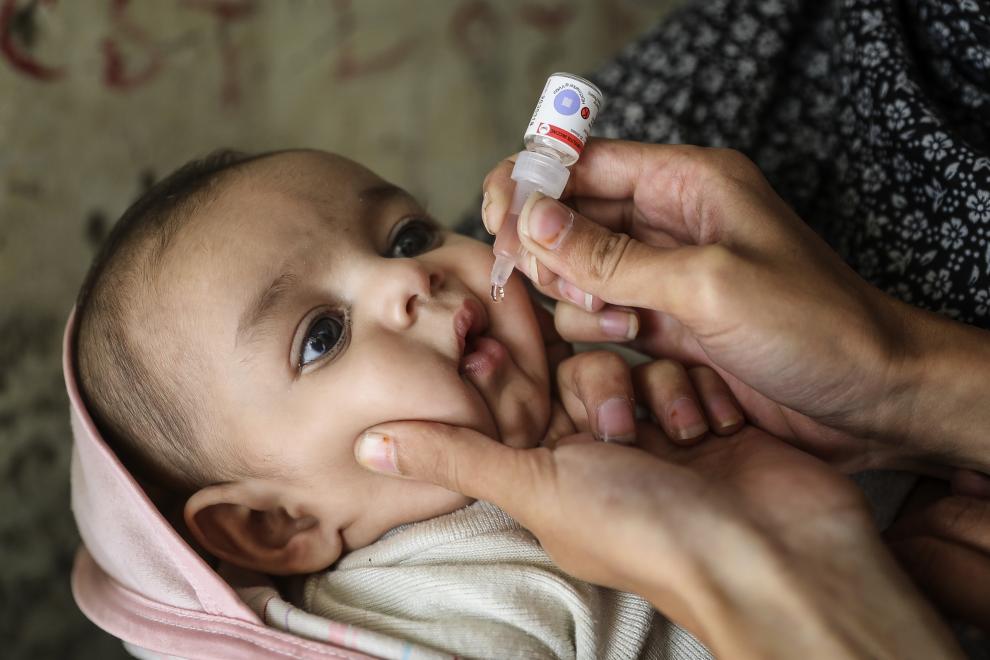Vaccine-derived polio
04-02-2023
1 min read

Overview:
Recently a World Health Organization committee has found that the risk of circulating vaccine-derived polioviruses is higher in the world.
About Vaccine-derived polio
- Vaccine-derived poliovirus is a well-documented strain of poliovirus mutated from the strain originally contained in the oral polio vaccine (OPV).
- OPV contains a live, weakened form of poliovirus that replicates in the intestine for a limited period, thereby developing immunity by building up antibodies.

Key facts about Polio
- Polio is a crippling and potentially deadly viral infectious disease that affects the nervous system.
- There are three individual and immunologically-distinct wild poliovirus strains
- Wild Poliovirus type 1 (WPV1)
- Wild Poliovirus type 2 (WPV2)
- Wild Poliovirus type 3 (WPV3)
- Symptomatically, all three strains are identical, in that they cause irreversible paralysis or even death.
- However, there are genetic and virological differences, which make these three strains separate viruses which must each be eradicated individually.
- How does it Transmit ?: The virus is transmitted by person-to-person spread mainly through the faecal-oral route or, less frequently, by a common vehicle (e.g. contaminated water or food) and multiplies in the intestine, from where it can invade the nervous system and cause paralysis.
- It largely affects children under 5 years of age.
What are the Vaccines available?
- Oral Polio Vaccine (OPV): It is given orally as a birth dose for institutional deliveries, then primary three doses at 6, 10 and 14 weeks and one booster dose at 16-24 months of age.
- Injectable Polio Vaccine (IPV): It is introduced as an additional dose along with the 3rd dose of DPT (Diphtheria, Pertussis and Tetanus) under the Universal Immunisation Programme (UIP)
Q1) What is a vaccine?
Vaccine: A preparation that is used to stimulate the body’s immune response against diseases. Vaccines are usually administered through needle injections, administered by mouth or sprayed into the nose.
Source: Global spread of vaccine-derived polio still a high risk: WHO
